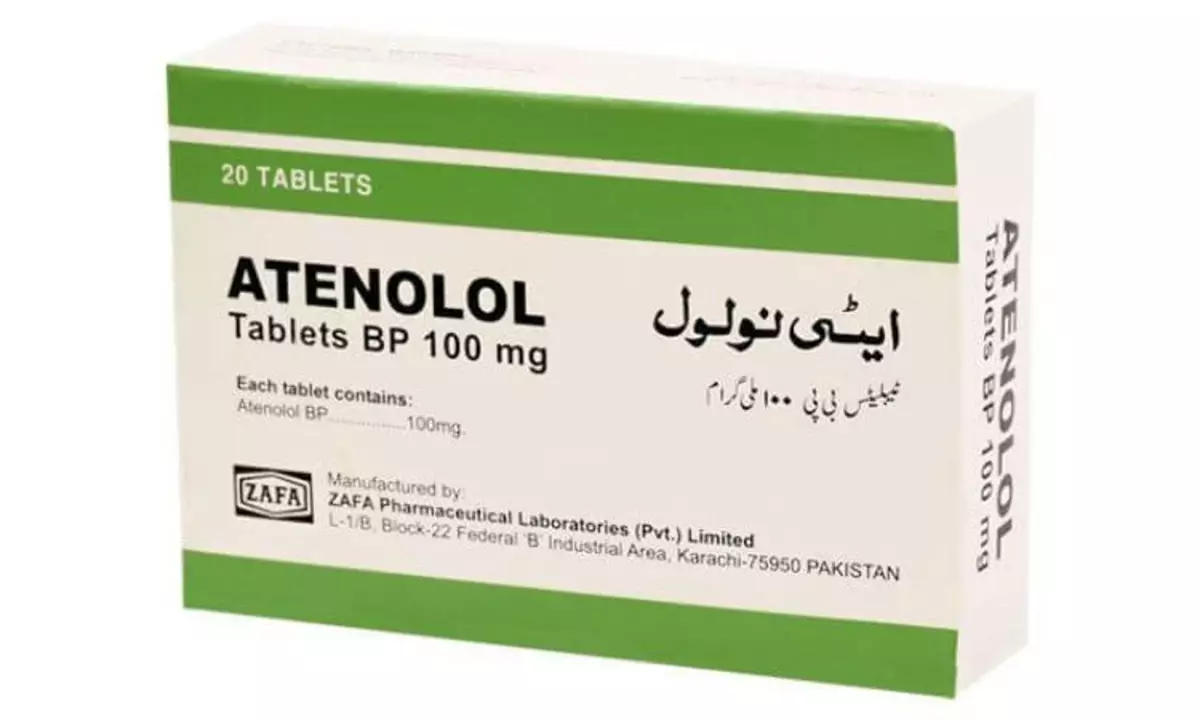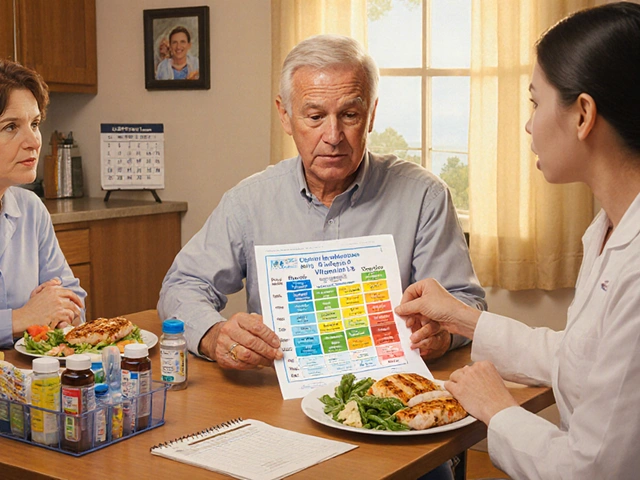Side effect: how to recognize and handle medication reactions
Side effects are part of taking medicine — some are mild and expected, others need quick action. Knowing what to watch for and what to do can save you stress and keep you healthy. This page pulls together practical tips and links to specific articles on our site so you can act fast and smart.
Spotting the difference: mild vs. serious
Mild side effects usually show up soon after starting a drug and fade after a few days or weeks. Think nausea after a new tablet, a bit of drowsiness from an allergy pill, or mild stomach upset. Serious reactions are sudden or get worse quickly — high fever, trouble breathing, fainting, chest pain, severe rash, swelling of face or tongue, or signs of liver or kidney trouble (yellowing skin, dark urine, very little urine). If that happens, treat it as an emergency and get immediate care.
Timing matters. Some reactions appear within hours, others only after weeks or months. For example, antidepressants can cause sleep or appetite changes early on, while statins might cause muscle pain that shows up later. If you’re unsure, call your doctor or a pharmacist — don’t guess.
Practical tips to reduce risk and manage side effects
1) Read the patient leaflet and know the common effects. The leaflet tells you what to expect and what needs urgent attention. 2) Keep a short log: date, symptom, how severe, and what helped. This helps your clinician decide the next step. 3) Check interactions. Use an online interaction checker or ask a pharmacist before combining prescription drugs, OTC meds, supplements, or alcohol. For instance, mixing alcohol with spironolactone can worsen dizziness and electrolyte problems; some eye drops and blood medicines also have known interactions.
4) Try simple fixes first: take medicine with food if advised, split doses only if your doctor says it’s OK, and time medications (morning vs. night) to reduce drowsiness or insomnia. 5) Don’t stop most medicines suddenly without medical advice — some drugs need tapering.
We cover many real-world examples on this site: articles on Remeron (mirtazapine) explain common antidepressant effects and coping tips, a piece on Dorzolamide lists eye-drop side effects and how to manage them, and guides about Zocor (simvastatin) or mixing alcohol with spironolactone explain risks and warning signs. Use those pages for specific, drug-by-drug advice.
When to report and record: tell your prescriber about any new or worsening symptom, especially if it affects daily life. For serious or unexpected reactions, report them to national regulators (like FDA MedWatch if you’re in the U.S.) and keep a record of dates, doses, and other medicines you took.
Where to get trustworthy help: call your pharmacist for quick checks, contact your prescribing doctor for changes, and rely on reputable sites (peer-reviewed or official health bodies) for facts. If you buy meds online, pick verified pharmacies and keep prescription records — safety matters.
Questions? Browse the linked articles on this tag for medication-specific side effect guides, or use the site search to find the drug you’re taking. If something feels wrong, act sooner rather than later.

Atenolol and Infections: Is It a Side Effect?
I recently came across a topic that caught my attention: Atenolol and infections - is it a side effect? Atenolol is a commonly prescribed beta-blocker used to treat high blood pressure and heart-related conditions. However, there have been some concerns about whether this medication could potentially increase the risk of infections. In my research, I found mixed results, with some studies suggesting a possible connection, while others found no significant link between Atenolol and infections. It's important to remember that each individual's experience may vary, so always consult your healthcare provider if you have concerns about your medications.
Health and MedicineLatest Posts
Tags
- online pharmacy
- medication
- dietary supplement
- side effects
- online pharmacy UK
- medication safety
- mental health
- impact
- online pharmacies
- dosage
- skin health
- health
- pain relief
- dietary supplements
- massage therapy
- medication side effects
- eye inflammation
- health benefits
- mental health treatment
- thyroid medication




